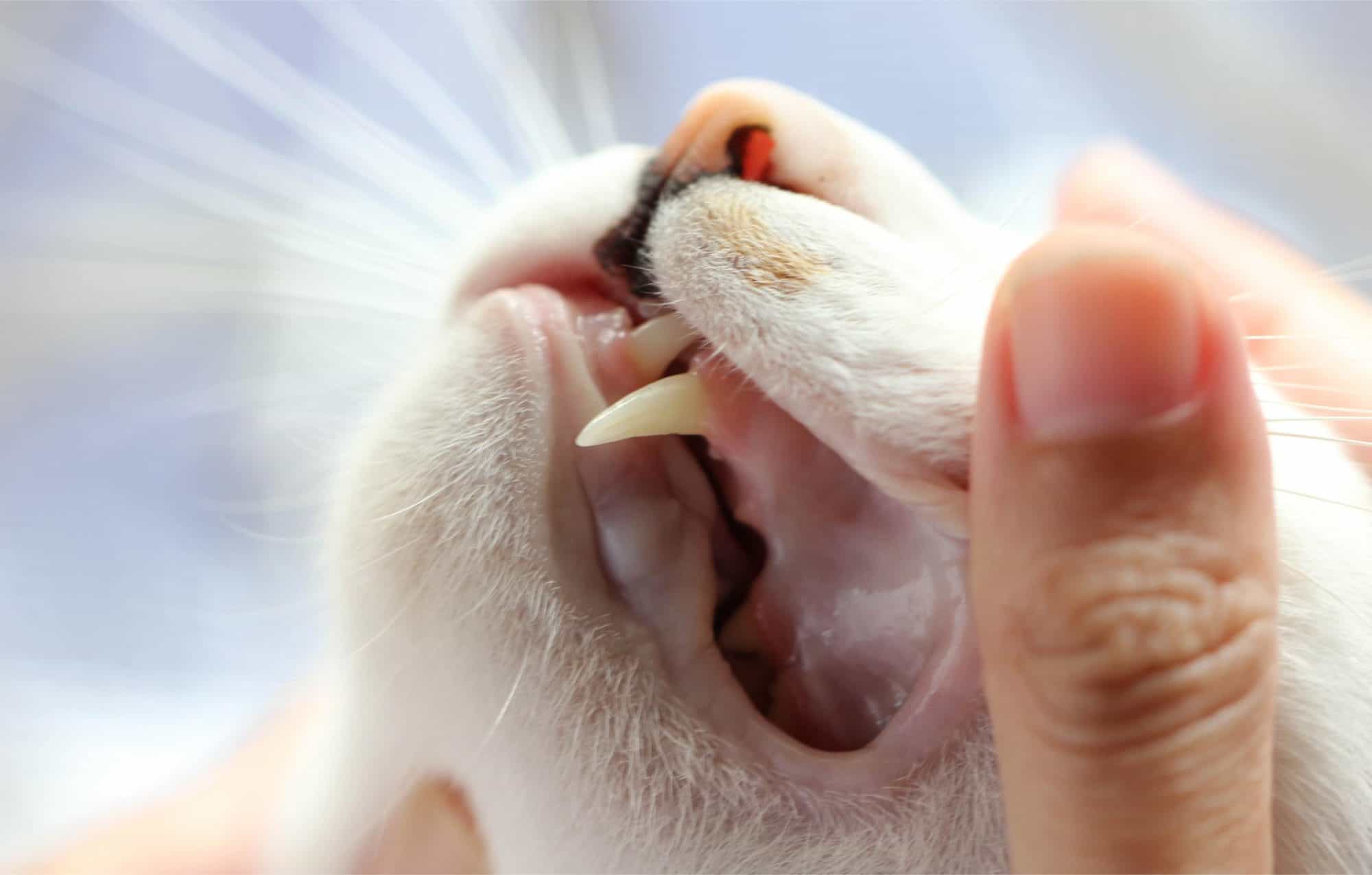Differences in Feline Stomatitis and Gingivitis in Cats

Cats value their autonomy and look down on anyone reckless enough to get a good look inside any of their body parts. In particular, cats have rather strong opinions about any attention to their mouths. Full of sharp, pointy teeth they’re not afraid to use, cat’s mouths can actually provide a full picture of their overall health. Tooth decay in cats is a real threat to feline vitality and longevity, but it’s entirely preventable with the right approach.
Dental Care for Cats
Most adult and senior cats have at least one stage of periodontal disease (out of four). The first stage, gingivitis, is characterized by bad breath. This is more than having a post-tuna snack. Bad breath, or halitosis, signals that the mouth contains high levels of bacteria.
Over time, the bacteria forms into plaque which, when calcified, becomes tartar. Left alone, tartar makes the gums separate from the teeth, particularly the back molars. The spaces between the teeth and the receding gums become a breeding ground for even more bacteria, plaque, and tartar to take hold.
Gingivitis in Cats
Gingivitis is inflammation where the gums and the teeth meet. Bad breath and bleeding gums characterize gingivitis. Caused by bacteria from plaque, gingivitis is the inflammatory response to bacterial infection. Without any attention to the teeth and gums at this stage, cats may become vulnerable to systemic disease. Periodontal disease has been linked to serious health conditions affecting the heart, liver, and kidneys.
Tooth decay in cats can also lead to broken, cracked, or missing teeth. Surgical extraction of teeth impacted by oral bacteria, tartar, and periodontal disease is the common treatment.
Feline Stomatitis
The exact cause of feline stomatitis isn’t fully understood. It is possible that feline stomatitis results from a hyperimmune response to oral bacteria. Another position suggests that feline immunodeficiency virus and feline leukemia virus could trigger the immune system to fight a viral infection.
More severe than gingivitis in cats, feline stomatitis is a type of oral inflammation that can be terribly painful. Signs that a cat has more than gingivitis include changes to grooming habits, dropping or avoiding food, weight loss, and pain to the touch.
Important Next Steps
Gingivitis and stomatitis can typically be seen with the naked eye, but the full extent of disease can only be understood with blood tests and digital radiographs. The removal of dental plaque and tartar is completed under general anesthesia. While under, we will fully examine the mouth, gums, and each tooth. Digital X-rays can show what’s happening beneath the gum line.
If dental extractions are necessary, we will remove the teeth and provide advice on food and lifestyle changes.Pain medications, antibiotics, and anti-inflammatories aid in a cat’s full recovery.
Bouncing Back
Yearly or semi-annual wellness checks remain vitally important to a cat’s quality of life and longevity. If you have questions about your cat’s appearance or behavior, please call us at (732) 387‑7977. We are your pet dental care experts at Englishtown Vet MD.
